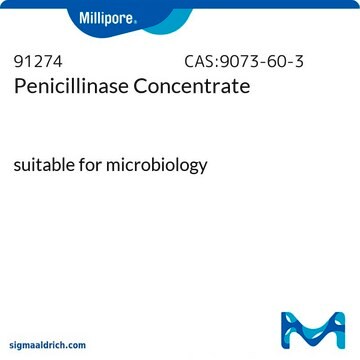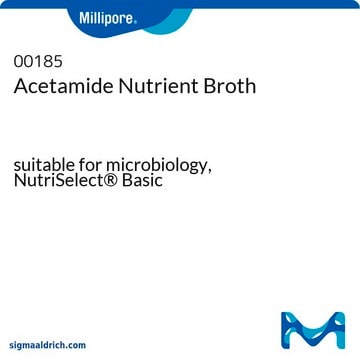Wichtige Dokumente
A0637
DL-2-Aminoadipinsäure
≥99% (TLC), powder, gliotoxic
Synonym(e):
DL-α-Aminoadipic acid
About This Item
Empfohlene Produkte
Produktbezeichnung
DL-2-Aminoadipinsäure, ≥99%
Assay
≥99%
Form
powder
mp (Schmelzpunkt)
196-198 °C (lit.)
Lagertemp.
2-8°C
SMILES String
NC(CCCC(O)=O)C(O)=O
InChI
1S/C6H11NO4/c7-4(6(10)11)2-1-3-5(8)9/h4H,1-3,7H2,(H,8,9)(H,10,11)
InChIKey
OYIFNHCXNCRBQI-UHFFFAOYSA-N
Angaben zum Gen
rat ... Grin2b(24410)
Suchen Sie nach ähnlichen Produkten? Aufrufen Leitfaden zum Produktvergleich
Anwendung
Biochem./physiol. Wirkung
Signalwort
Warning
H-Sätze
Gefahreneinstufungen
Skin Sens. 1
Lagerklassenschlüssel
11 - Combustible Solids
WGK
WGK 3
Flammpunkt (°F)
Not applicable
Flammpunkt (°C)
Not applicable
Hier finden Sie alle aktuellen Versionen:
Besitzen Sie dieses Produkt bereits?
In der Dokumentenbibliothek finden Sie die Dokumentation zu den Produkten, die Sie kürzlich erworben haben.
Kunden haben sich ebenfalls angesehen
Active Filters
Unser Team von Wissenschaftlern verfügt über Erfahrung in allen Forschungsbereichen einschließlich Life Science, Materialwissenschaften, chemischer Synthese, Chromatographie, Analytik und vielen mehr..
Setzen Sie sich mit dem technischen Dienst in Verbindung.












